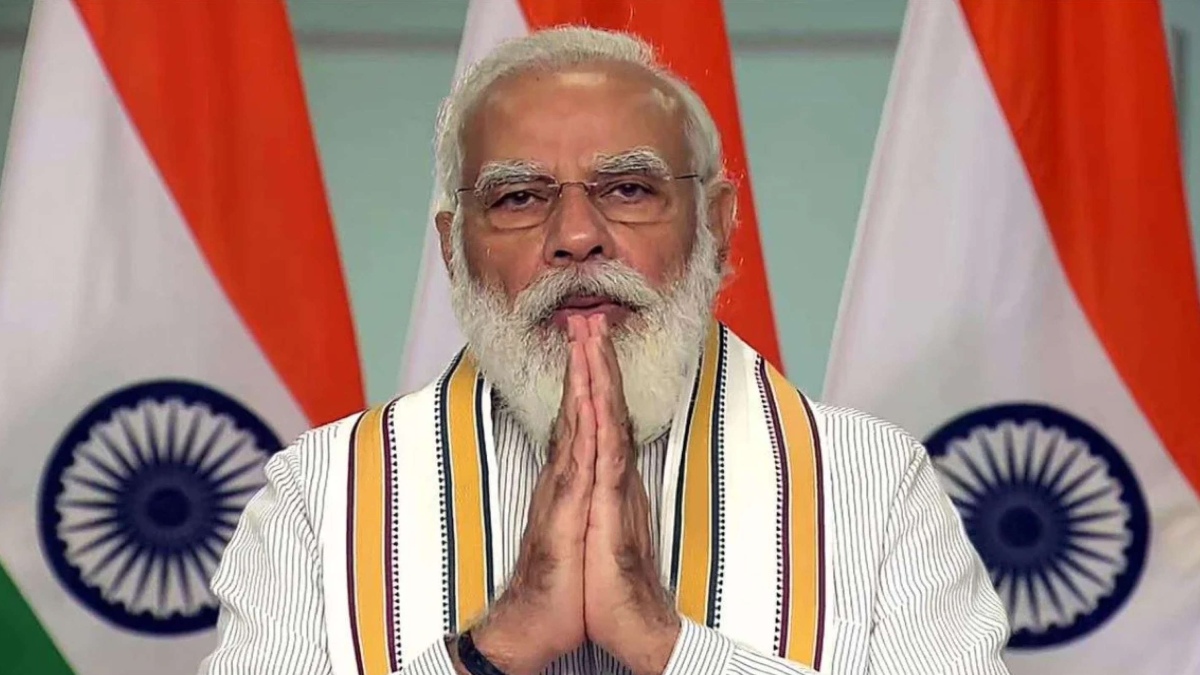
We all have heard about India being a developing country and on the verge of being a developed country. You may also have wondered that you have been hearing this for quite some time now and yet we never seem to transition from a developing country status to that of a developed one. Several hindrances still exist in our way— low growth of socio-economic infrastructure being one of them. For example, the 2018 Logistics performance Index of the World Bank ranked India 44th among all countries in the world. According to India’s own Economic Survey, lack of infrastructure is becoming a ‘binding constraint’ to our economic growth, India needs to spend $1.4 trillion on infrastructure in the next few years. With a step in this direction, a new project has been started by increasing capital expenditure for infrastructure growth.
On the 75th Independence Day of India, Prime Minister Narendra Modi announced the launch of the Gati Shakti Master Plan. About Rs 100 lakh crore has been announced for this initiative, which is an indicator that, unlike other programmes that are routinely launched by various governments, this is one is unique and noteworthy. It is a national infrastructure master plan, aiming at easier interconnectivity between road, rail, air, and waterways. It will enable a paradigm shift in decision-making by enabling synchronization of efforts of various departments instead of a fragmented approach that is currently being followed. Individual projects of the different departments will now be examined and sanctioned within the parameters of the Gati Shakti Master plan.
For example, on projects like the Delhi-Mumbai Industrial Corridor, multiple agencies at the Centre, state and local self-government levels play important roles in its implementation and. Especially the last mile infrastructure like water and power utilities come under both the local self-government bodies and state governments. With the Gati Shakti Master Plan, the Geographical Information system (GIS) will be used and connected to a digital platform. Every government department and agency can track the progress of various projects, upload their master plans and align various projects to be in sync with each other. For example, airport construction in a Tier II city has begun and is set to be completed in 9 months. The state and local administration can plan the support infrastructure like feeder road connectivity, other basic amenities. By tracking the progress of the airport construction, the other government agencies can chart their work to be completed in line with the completion of airport construction and thus aid faster opening up of the infrastructure. The Gati Shakti Master Plan is extremely significant and holds promise for many reasons, and some of them are as follows:
There’s a potential to enhance supply chain efficiency and reduce logistics cost (currently, logistics cost takes up to ~13% of GDP, which is a huge dent for our growth).
The project will enable good governance by ensuring transparency and accountability while cutting down on red-tapism and enabling faster decision-making.
It will boost investor confidence and attract foreign direct investment (FDI).
It has the potential to increase Indian trade and boost exports due to improvement in supply chain infrastructure
The project is a step towards the effective use of data for policymaking. (The GIS-enabled system would provide much-needed topographical and mapping data.)
It aims for the overall economic boost and job creation, especially in the private sector.
The project thus has great scope and is a much-needed step to boost India’s lacunae in infrastructure development. However, several challenges need to be addressed for the success of the programme. The most important one is digitizing data for government agencies and building capacities towards the same.
Boost in Infrastructure development has been a key highlight of the growth stories of most large economies of the world. Be it, Post World War II Japan, South Korea from the 1970s, China post-1980s, a multi-modal transport network has been a key part of their transformation—especially by reducing the cost of logistics and boosting exports. One can also see the push for One Belt One Road (OBOR) by China where it seeks to expand on its infrastructure connectivity to the international level.
Thus, for India, it is crucial to provide an urgent push for boosting infrastructure development that is both integrated and data-centric. The Gati Shakti programme is one which if implemented quickly and efficiently has the potential to create a world-class, seamless multi-modal transport network, on the back of which India will be transformed.
The writer is an alumnus of UCLA and CISL. He is a communications professional currently associated with Bihar Young Thinkers Forum. Views expressed are the writer’s personal.